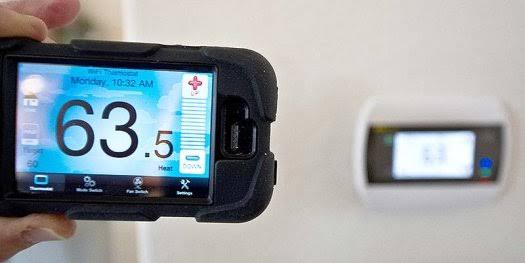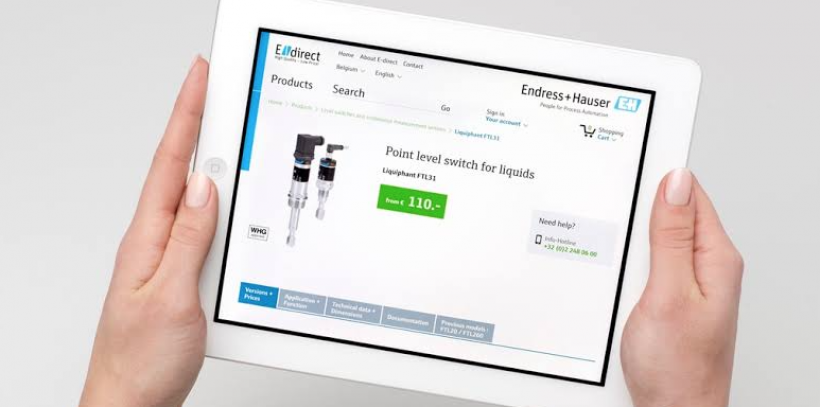Waste heat recovery is a useful process in making your production or business more efficient.
exodraft-waermerueckgewinnung.de has many kinds of heat exchange systems to jumpstart your sustainability in recovering waste heat and turning it into something useful.
Simply put, waste heat recovery platforms takes heat that comes from gasses, water or hot streams that would otherwise escape to the atmosphere. A good example would be capturing heat from a diesel generator, or flue gases from a cooling tower.
Heat recovery works even in smaller industrial process, and is now becoming more adopted than ever.

Waste heat in hot air, water and exhaust gas is extracted by an ancillary equipment, which could be a heat pump, rotary heat exchanger, a regenerator, recuperator, waste heat boiler or economiser. In fact, a heat exchanger will be useful in just about any industrial process that transforms raw material into products we can use as it tends to generate heat somewhere in between.
You can acquire Mehr info über wärmerückgewinnung hier:
Heat that may be lost can now be re-used in the following applications:
- drying
- space heating
- direct steam for power generation
- generating hot water
- pre-heating air for ventilating a building
- pre-heating air for furnaces, ovens and boilers
Industrial waste heat recovery is prevalent in gas and oil pipelines, chemical plants, refineries and general manufacturing. See Mehr info hier:
Advantages of Heat Exchangers in Applications
First and foremost, heat exchangers promote better efficiency in the process. Fuel consumption and energy are reduced, a huge plus to any business owner. The gas that could escape the atmosphere is re-used for something else, thus reducing harmful emissions and carbon footprint.
A heat exchanger makes for a smaller equipment size compared to traditional machines. Requirements for fans, filters, pumps and fuel are reduced as well, saving space.
Laila Azzahra is a professional writer and blogger that loves to write about technology, business, entertainment, science, and health.
